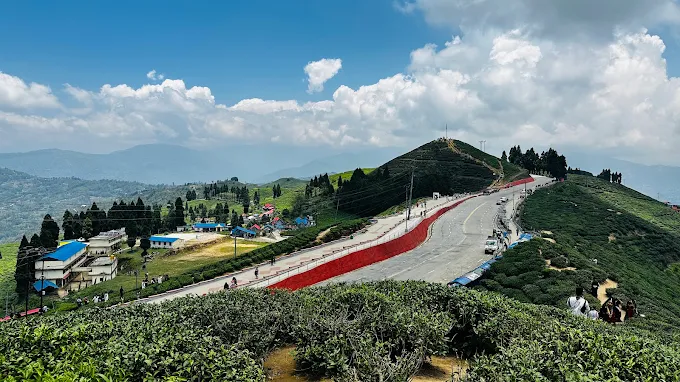
Kathmandu, October 24: The Koshi Province government is celebrating 2082 BS as its Tourism Year to promote and develop the province’s tourism sector. The campaign, which aims to attract 1.5 million tourists from neighboring India and third countries, has already completed its first six months.
Kamlesh Sharma, a resident of Bihar, India, has been visiting Nepal with his family for a week. “I had visited Nepal earlier with friends, but this is my first time coming with my family,” he said while speaking from Kanyam, Ilam. According to him, travel in Nepal has become easier and more enjoyable this year compared to previous visits. Sharma added that many Indian citizens like him are showing growing interest in visiting Nepal, noting that he was able to stay in quality hotels at affordable prices.
Although several promotional programs were conducted during the initial months of the Tourism Year — Baisakh, Jestha, and Asar — activities related to tourism publicity have been comparatively limited in the past three months.
Under the main slogan “Pride of Koshi, Glory of the Himalayas — Respect to All in Tourism Year,” the Koshi Province government is working alongside the private sector to make Tourism Year 2082 a success, said Bhavish Shrestha, co-coordinator of the Koshi Tourism Year. He noted that the province expects to attract not only religious, natural, and cultural tourists but also those interested in education and health tourism.
The provincial government launched Tourism Year 2082 to revive the tourism sector, which had suffered severely due to the COVID-19 pandemic. Chief Minister Hikmat Kumar Karki said that the province aims to reduce Nepal’s foreign debt and trade deficit through tourism, energy, hydropower, and herbal industries. According to tourism entrepreneur and co-coordinator Bhavish Shrestha, Koshi Province has around 500 tourist-standard hotels, including about 150 ranging from one-star to five-star facilities, with a total capacity to accommodate about 3,000 tourists daily.
However, he added that recent floods and landslides in the eastern hilly districts have directly affected the tourism sector. The government plans to intensify promotional campaigns for Tourism Year 2082 after the Chhath festival.
Koshi Province is known for its geographical, cultural, and religious diversity. It is home to both Mount Everest, the world’s highest peak at 8,848 meters, and Kachankawal, Nepal’s lowest point at 70 meters above sea level. Thousands of domestic and foreign tourists visit Ilam’s Sri Antu Hill daily to witness the sunrise. Likewise, bird watching at Koshi Tappu Wildlife Reserve and turtle sightings at Betana Wetland are among the region’s major attractions.
The Koshi government has listed 13 eco-tourism destinations and 10 trekking trails within the province. Government data show that 43 percent of foreign and 57 percent of domestic tourists visit the province each year, with many aiming to view Mount Everest.
Chhintang in Dhankuta, the Pathibhara Temple in Taplejung, Halesi in Khotang, and the Barahakshetra area in Sunsari are among the province’s most significant religious sites. Similarly, Ilam’s tea gardens, Dhankuta’s Bhedetar, Bhojpur’s Tyanmkemayang Danda, and Phidim’s Sadhutar are recognized as major tourist attractions. The Himalayan ranges — including Everest, Makalu, Kanchenjunga, Lhotse, and Choyu — continue to draw foreign trekkers, with treks to the Everest, Makalu, and Kanchenjunga base camps considered among the most adventurous routes.
Additionally, the Phalgunanda Trek, Mundum Trail, and Sabha Pokhari Trek are being promoted as models of eco-friendly tourism in the province.
People’s News Monitoring Service.






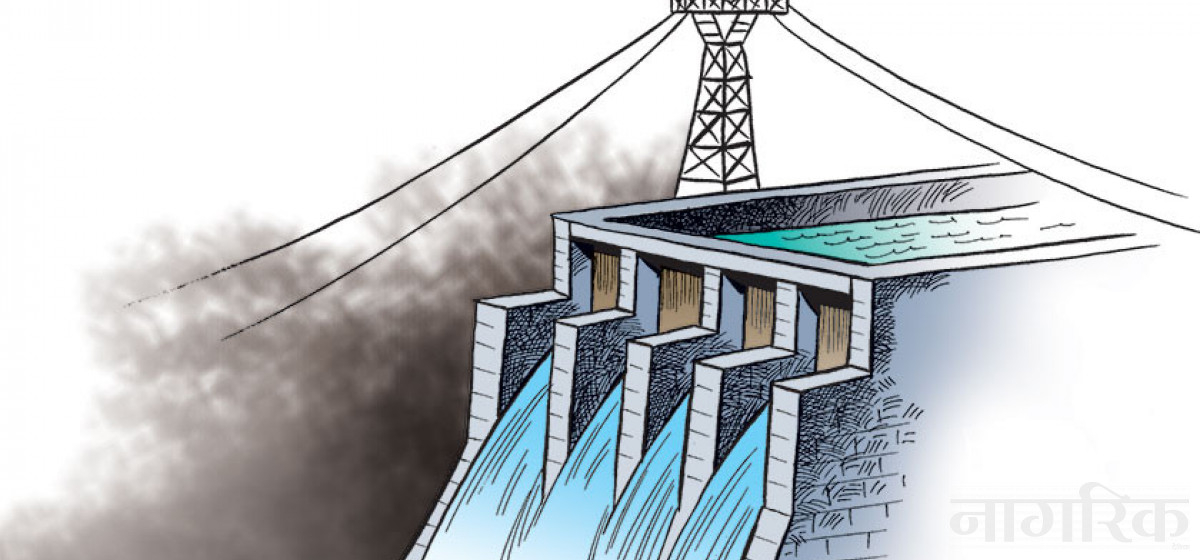
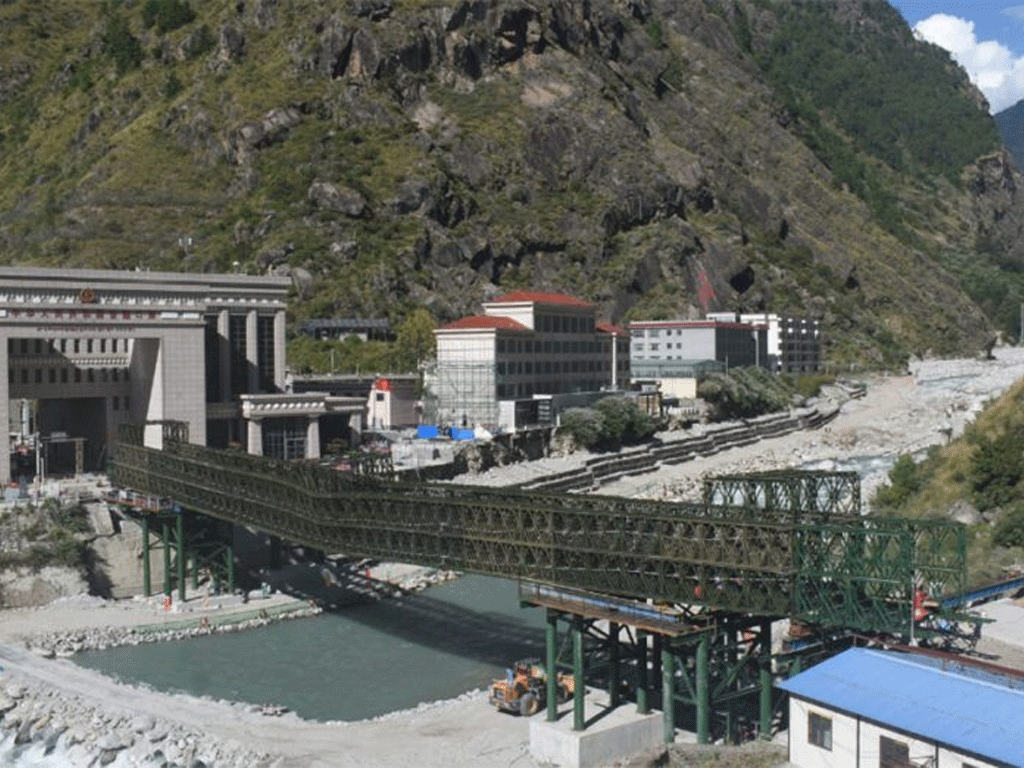
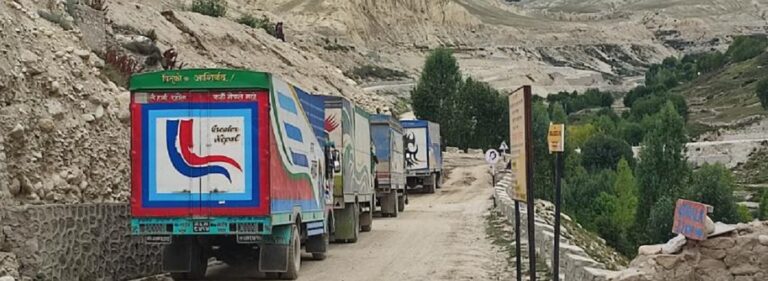
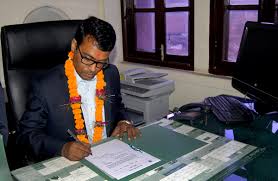
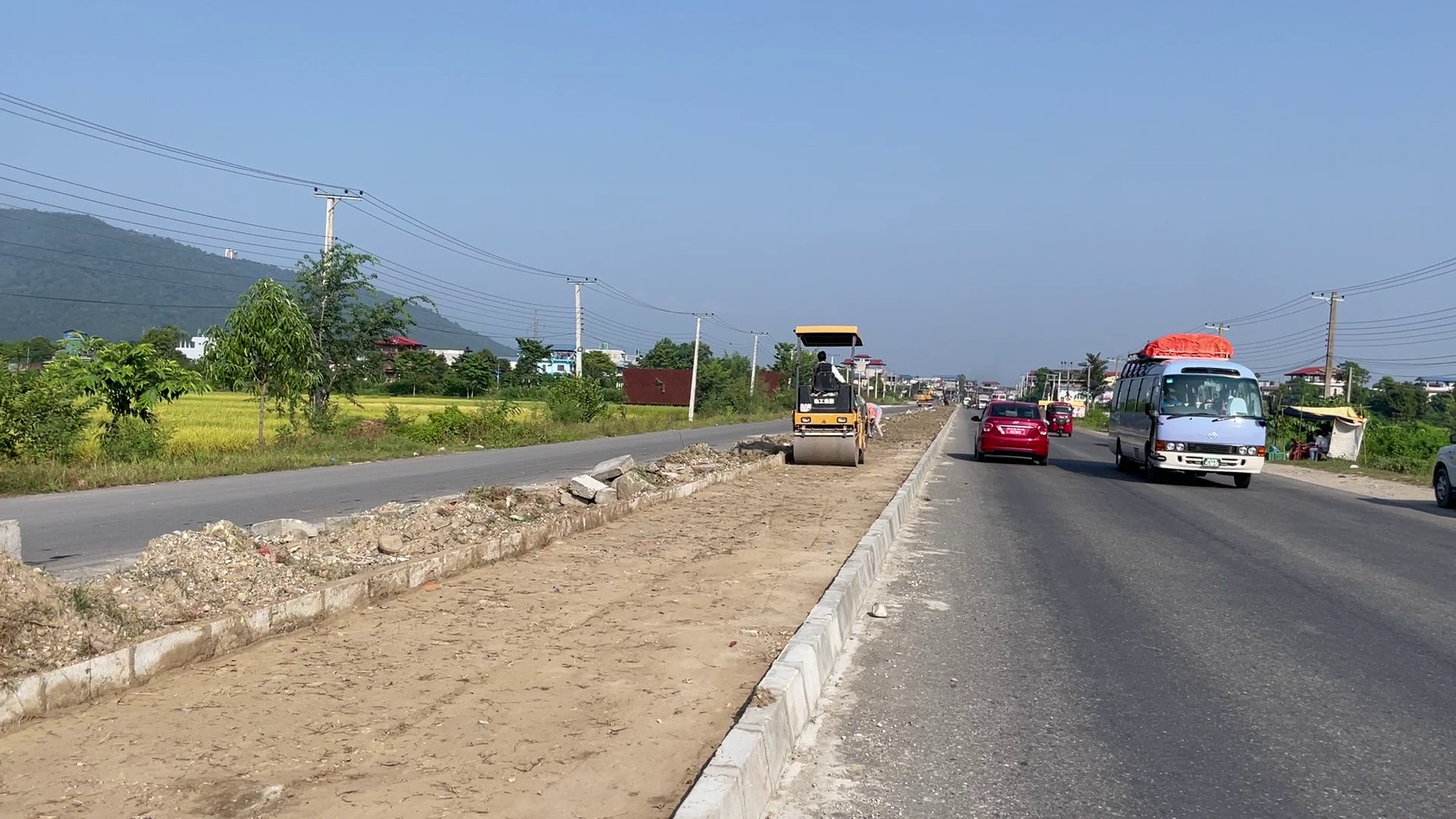
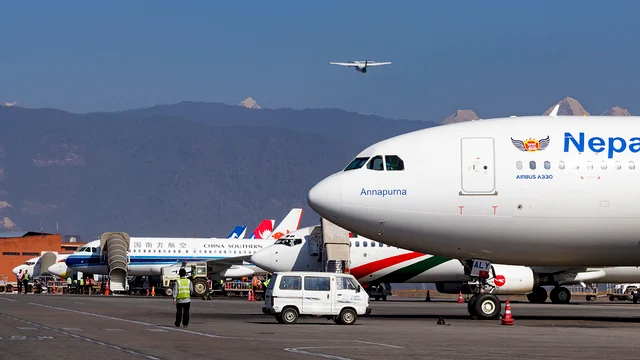

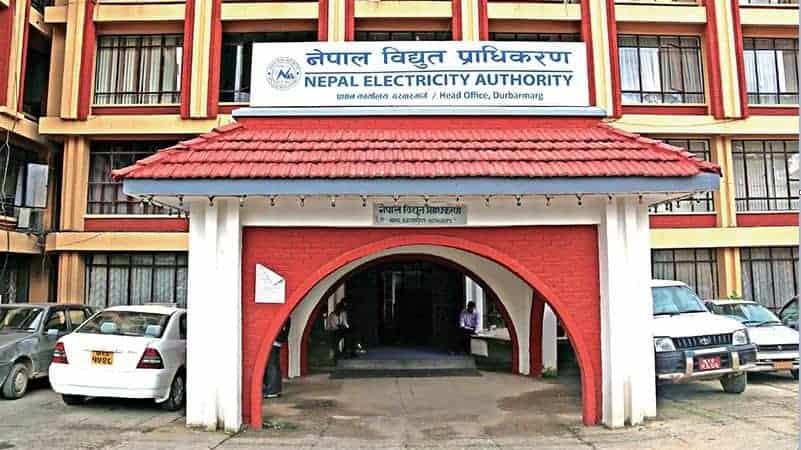
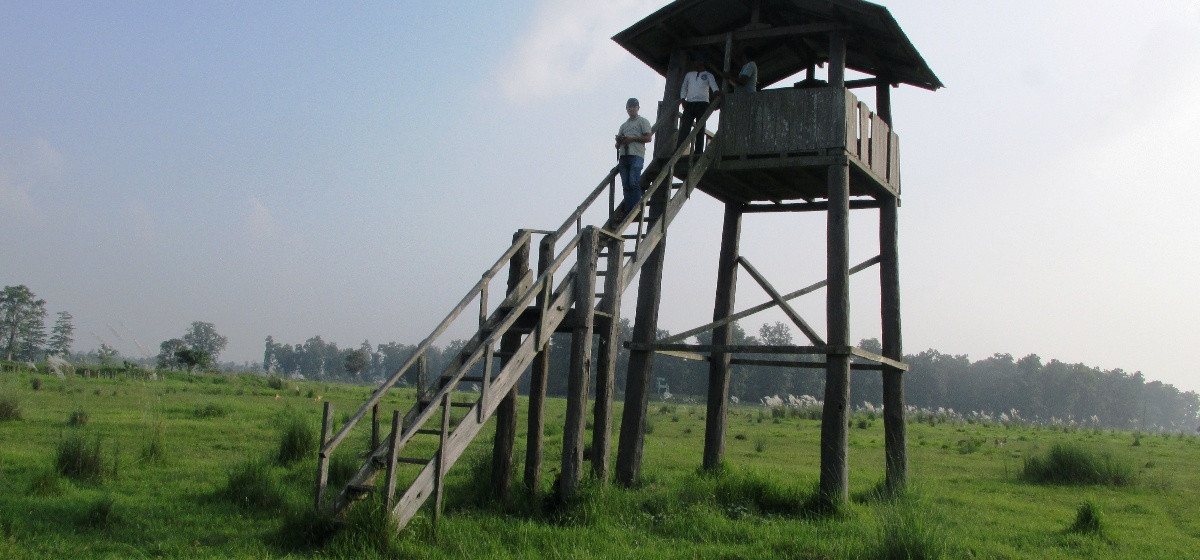


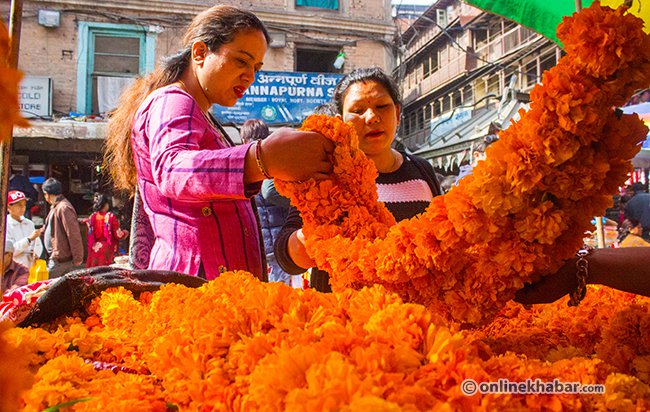

Comments:
Leave a Reply